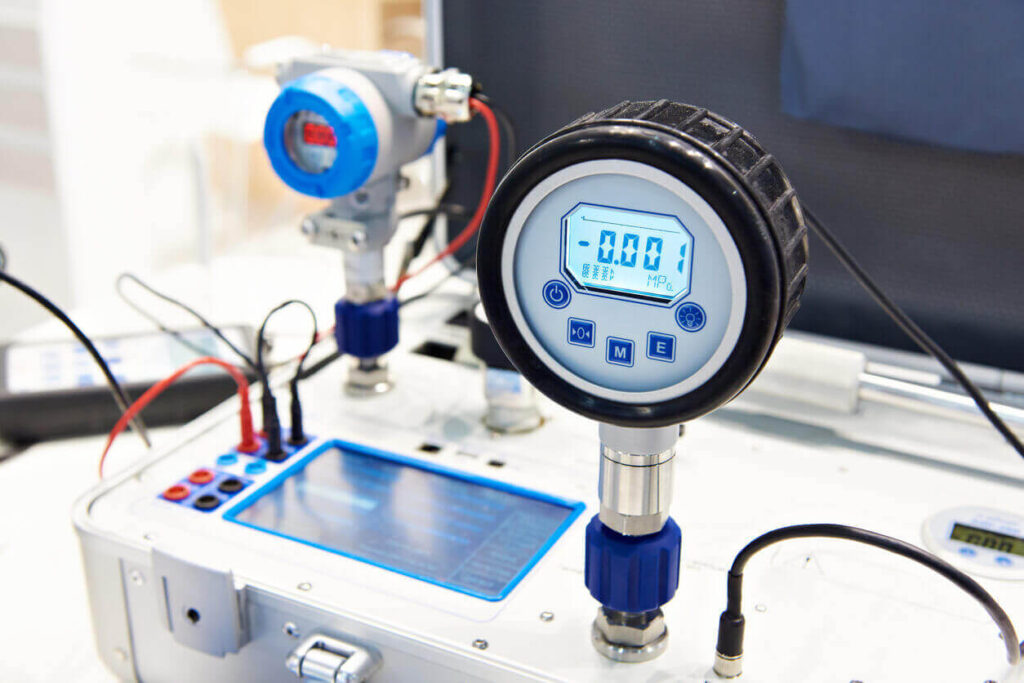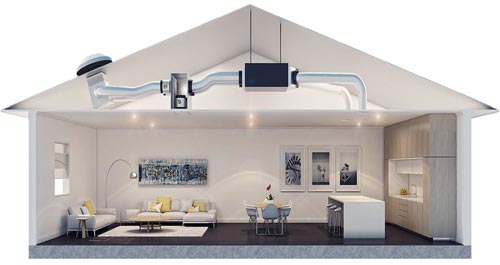Calibration is the meticulous process of assessing a device’s performance and aligning it to a recognized standard. In essence, calibration and repair work hand in hand. While calibration tunes a device for precise output, repair services address the wear and tear that can affect performance. Malfunctioning electronic devices not only disrupt operations but can also lead to misinformation or potential harm.
For instance, uncalibrated medical equipment could lead to inaccurate patient diagnostics. Consequently, calibration and repair are integral to maintaining the functionality and safety of electronic devices. Utilizing professional electronic tool repair & calibration services is essential to keep this precision.
Proper calibration enhances these devices’ performance and guarantees safety and reliability across various sectors. Devices not regularly calibrated can slowly drift away from their required settings, leading to inefficiencies and potentially hazardous situations.
Key Takeaways
- Precision in calibration and repair ensures safety and accuracy in many industries.
- Regular maintenance of electronic devices can lead to long-term cost savings and improved performance.
- Understanding calibration processes can empower users to make informed decisions about their equipment.
The Role of Calibration in Various Industries
Calibration finds its touchpoint in numerous industries, epitomizing its universality. In healthcare, devices like blood pressure monitors and MRI machines necessitate accuracy, which can only be guaranteed through regular calibration. A deviation might result in misdiagnosed conditions, affecting patient health.
The aviation industry offers another illustrative example where precise calibration of altimeters and gyroscopes can mean the difference between life and catastrophic outcomes. Regulatory bodies enforce strict standards in these industries to underscore the urgency of maintaining exactness in measurement and performance, reinforcing the importance of regular calibration and repair.
Why Precision Matters
Precision in calibration ensures devices operate within their specified limits, offering accurate measurements critical to user safety and operational success. Consider a chemical manufacturing plant where minor deviations in chemical measurements might lead to disastrous concoctions. Precision also goes hand in hand with compliance.
Strict industry regulations mandate precision to avoid the severe implications of non-compliance, ranging from fines to operational shutdowns. Moreover, consistently precise equipment reduces overhead costs by minimizing errors, which, over time, can translate to significant savings and bolster efficiency.
Common Calibration Techniques
There is a wide array of calibration techniques, each serving specific needs. Basic methods such as comparison with a standardized device are a foundation in many industries, providing a measurement baseline. However, software calibration might be preferred in dynamic systems requiring fine precision.
Techniques such as physical adjustment involve fine-tuning devices directly but rely heavily on operator skill. Such diversity in methods highlights the adaptability of calibration processes. Industry professionals often choose a particular technique based on device type, required precision level, and regulatory standards they must adhere to.
Steps to Ensure Accurate Calibration
Accurate calibration is not arbitrary but follows a strategic series of steps. Identifying the appropriate tools for the task and engaging qualified personnel form the bedrock of effective calibration. Maintaining detailed records is crucial for accuracy—they serve as a log for calibration activities and are essential for audits and regulatory compliance.
Following best practices ensures the longevity of equipment functionality and adherence to required standards. This methodical approach fortifies the calibration process against discrepancies.
Importance of Regular Equipment Maintenance
Sustaining precision over time requires regular maintenance routines. Frequent inspections act as a preventive measure, helping to identify issues before they evolve into significant problems. Scheduled maintenance reduces the chance of unexpected breakdowns, which can be costly and disruptive.
Extended equipment life spans save on replacement costs and yield better initial investment returns. In high-stakes environments, a well-maintained calibration routine ensures devices remain at peak accuracy, minimizing the potential for errors in critical operations.
Future of Calibration Technology
With technology advancing rapidly, the future of calibration holds exciting possibilities. Integrating AI and machine learning into calibration techniques promises unprecedented accuracy and efficiency. These technologies can automate complex calibration processes, enhancing precision and reducing human error.
Additionally, emerging technologies are being developed to self-calibrate or signal when recalibration is necessary, further streamlining operations. These advancements could revolutionize sectors that depend heavily on calibration, driving productivity and innovation.
How to Choose a Calibration Service
Factors such as the provider’s industry reputation, certifications, and customer feedback become essential when selecting a calibration service. Evaluating these elements helps clients ensure they receive quality service.
A reliable calibration service will have recognized certifications and standards compliance, guaranteeing its operations align with industry best practices. A checklist tailored to organizational needs can guide selections, ensuring the service chosen delivers as expected and meets the entity’s operational demands.






